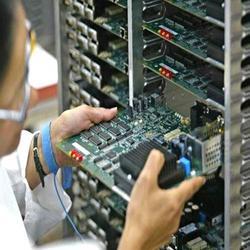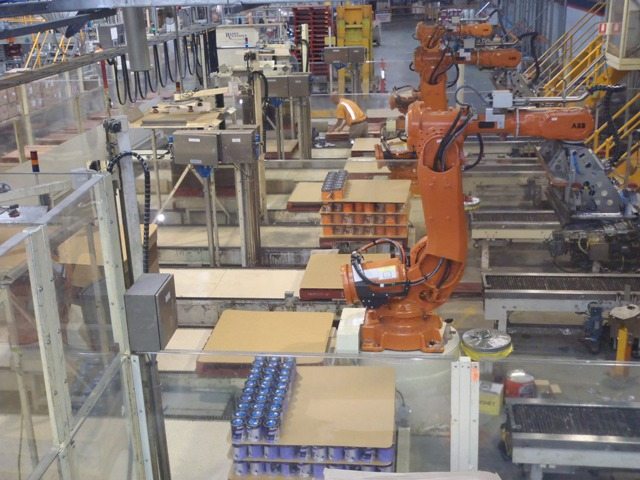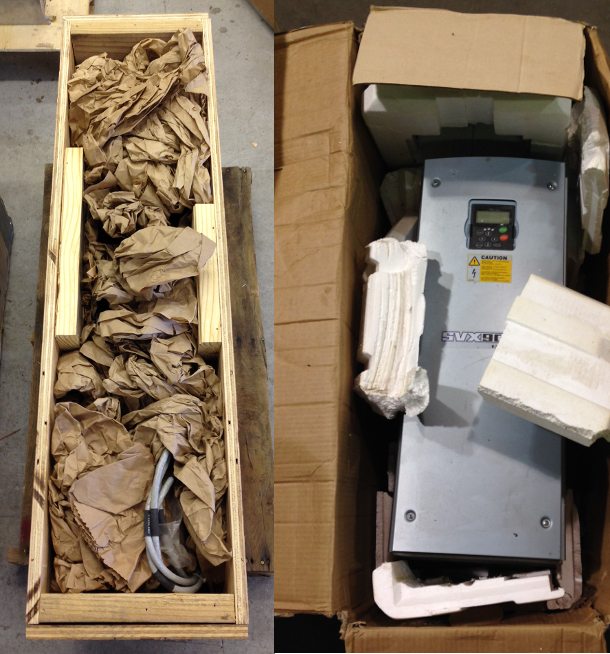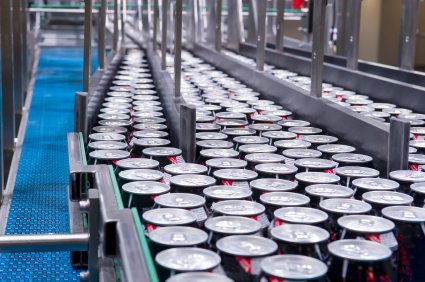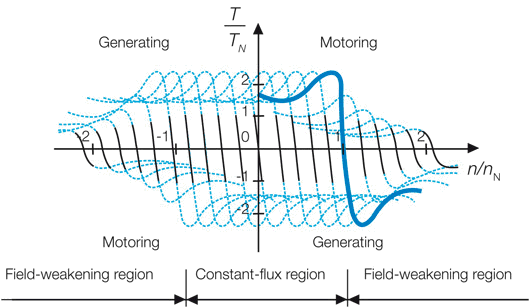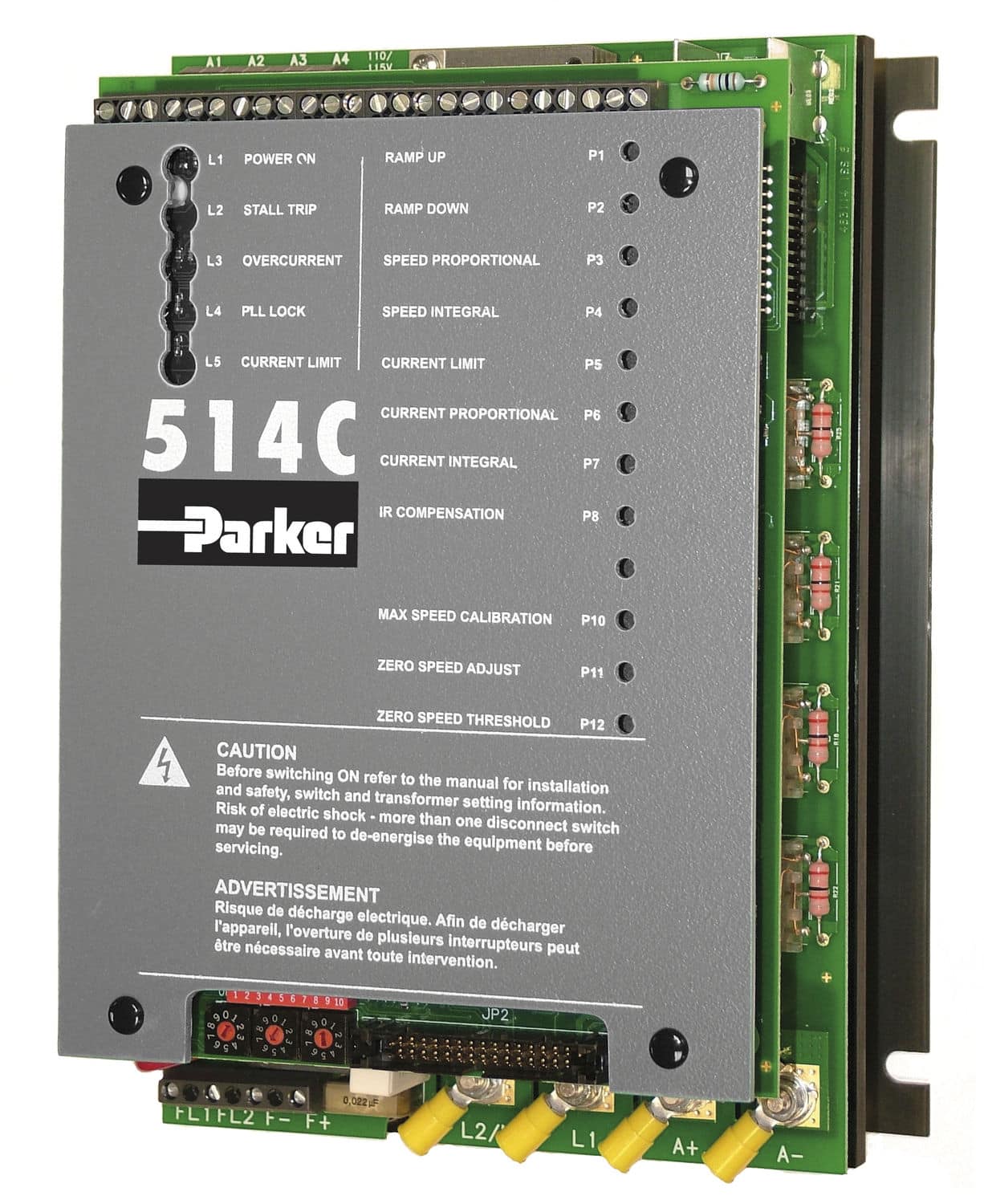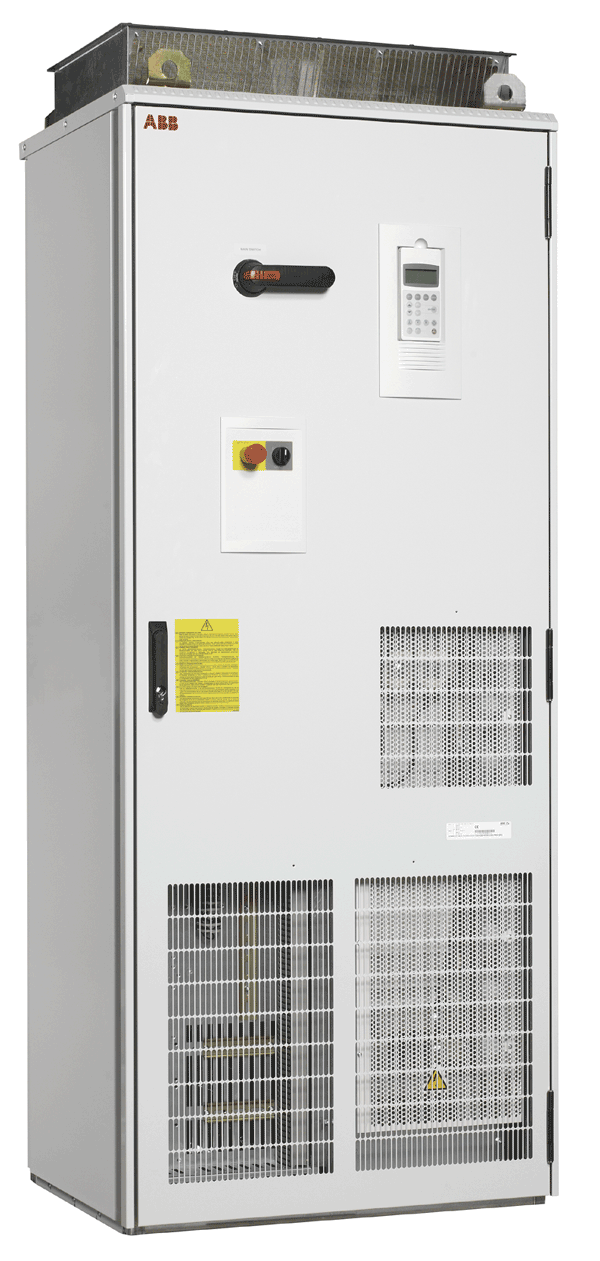Eaton VFD Troubleshooting
 Eaton VFD troubleshooting begins with technicians working with the VFD in production. Eaton VFD troubleshooting can be time consuming, so manufacturers tend to keep spare Eaton drives on hand for production lines that cannot afford downtime.When Eaton VFD troubleshooting cannot be resolved in the plant, technicians in the field are known to send their Eaton VFD to the original equipment manufacturer or Eaton VFD repair centers for repair and replacement options. The original equipment manufacturer of Eaton drives and Eaton VFD repair centers usually only offer a replacement for failed drives, but this isn’t usually the most economical solution for manufacturers.
Eaton VFD troubleshooting begins with technicians working with the VFD in production. Eaton VFD troubleshooting can be time consuming, so manufacturers tend to keep spare Eaton drives on hand for production lines that cannot afford downtime.When Eaton VFD troubleshooting cannot be resolved in the plant, technicians in the field are known to send their Eaton VFD to the original equipment manufacturer or Eaton VFD repair centers for repair and replacement options. The original equipment manufacturer of Eaton drives and Eaton VFD repair centers usually only offer a replacement for failed drives, but this isn’t usually the most economical solution for manufacturers.
Eaton VFD troubleshooting and VFD repair centers are an asset to manufacturers who use Eaton drive products, and Precision Electric is the best source for Eaton VFD troubleshooting and Eaton VFD repair.Precision Electric has been performing Eaton VFD Troubleshooting and Eaton VFD Repair since 1983.Precision Electric has helped save manufacturers thousands of dollars by repairing their failed Eaton VFD drives in lieu of of replacing Eaton VFD drives.
When Eaton VFD troubleshooting leads to Eaton VFD repair, the repair process should be taken with extreme caution. Eaton VFD repair should only be performed by technicians who have required training and experience to work with electrical equipment. Precision Electric strongly recommends to consult an expert in the field when repairing and troubleshooting Eaton VFD equipment.
The troubleshooting techniques for each brand of VFD can be unique, but the overall structure of troubleshooting always remains the same.The ultimate goal when performing Eaton VFD troubleshooting is to diagnose, repair and re-commission the unit as quickly as possible, and these are the steps that Precision Electric follows before anydis-assembly takes place.
1. Take Notes –Eaton VFD Troubleshooting
This is often a subject that is passed by many individuals who are attempting to troubleshoot industrial electrical equipment. Before Precision Electric begins to perform Eaton VFD troubleshooting, qualified technicians take note of many important aspects of the equipment including, but not limited to:
- Eaton VFD Model Number
- VFD Serial Number
- Reason for Service
- Urgency (Rush Overtime or Standard)
- Visual Inspection of External Device
2.Diode and IGBT Tests –Eaton VFD Troubleshooting
 When Eaton VFD Troubleshooting exceeds parameter changes, Precision Electric tests the input and output power sections of the Eaton VFD. This step is essential prior to applying power to the VFD unit. If for any reason there is a short on the input side or output side of the VFD, further damage can be caused to the unit if power is applied to it.
When Eaton VFD Troubleshooting exceeds parameter changes, Precision Electric tests the input and output power sections of the Eaton VFD. This step is essential prior to applying power to the VFD unit. If for any reason there is a short on the input side or output side of the VFD, further damage can be caused to the unit if power is applied to it.
For this reason, Precision Electric uses meters to properly test the input and output power sections of the Eaton VFD prior to applying power to the actual unit. If a short is found, the unit can be disassembled and the cause of the short can be diagnosed and quoted for repair. If the repair is too costly, then a replacement is offered to the customer.
3. Power Up –Eaton VFD Troubleshooting
If the input and output power sections test healthy during this step of the Eaton VFD troubleshooting and repair process, Precision Electric will power up the unit and perform amp reading and output frequency tests. Precision Electric prefers to slowly increase power voltage to the unit until the rated input voltage of the VFD is achieved.
Depending on whether or not the VFD provides a display will determine what further action(s) will be taken. If display is unavailable, dis-assembly and diagnosis of the internal power supply of the control section of the VFD is likely necessary to further evaluate cause of failure and establish cost and lead time for the Eaton VFD repair.
4. Run A Motor – Eaton VFD Troubleshooting
 If the previous three tests have passed during the Eaton VFD troubleshooting and repair process, then it is time to run a basic jog function of the VFD with a simple template program. Often when a VFD comes into our facility, we make sure to backup whatever program is currently stored in the VFD prior to inputting a template program and running a test procedure. This is to ensure we have a backup copy of the program.
If the previous three tests have passed during the Eaton VFD troubleshooting and repair process, then it is time to run a basic jog function of the VFD with a simple template program. Often when a VFD comes into our facility, we make sure to backup whatever program is currently stored in the VFD prior to inputting a template program and running a test procedure. This is to ensure we have a backup copy of the program.
The best method for backing up depends on the brand of drive, but after it has been backed up, we either reset the Eaton VFD to factory defaults through the keypad and recommission a basic start, stop and job application or closed loop if an encoder is involved. If the motor will not run, it will be necessary to check the output voltages and current ratings going to the motor to see if the VFD is functioning properly to rotate the motor.
5. Contact Customer – Eaton VFD Troubleshooting
At this point we have determined the cause of failure, estimated lead time and cost of the Eaton VFD troubleshooting and VFD repair. If the VFD has tested good entirely, then further underlying issues are communicated with the customer. This is when Precision Electricwill gather application specific information from the customer to establish whether or not it may be some outside issue associated with the system including, but not limited to, PLC communications, faulty IO, bad wiring or even bad cabling. There is no single way to do this step, as it depends on a wide variety of variables.
6. Send Service Tech – Eaton VFD Troubleshooting
If the customer cannot establish failure on any other aspect of the machine and the Eaton VFD troubleshooting tests appear to be good, then it may be necessary to send a Precision Electric field service technician on site to establish cause of failure. Precision Electricfield service technicians are trained to troubleshoot any issue ranging from standard VFD repair to advanced robotics, servo systems, electric motor issues and more. Precision Electric field technicians are trained to establish cause of failure and come up with solutions as quick as possible.
To learn more about Eaton VFD Troubleshooting or for Eaton VFD Repair Quotes, contactPrecision Electric, Inc.

